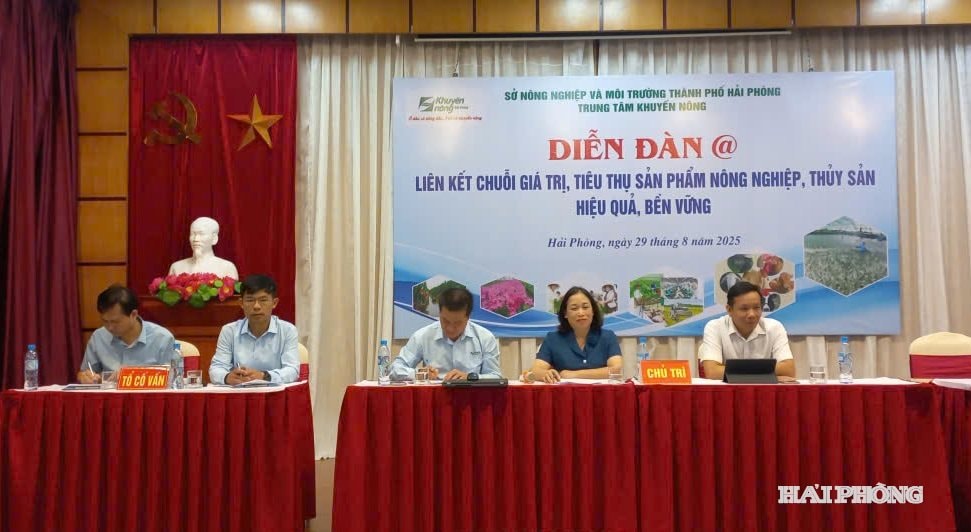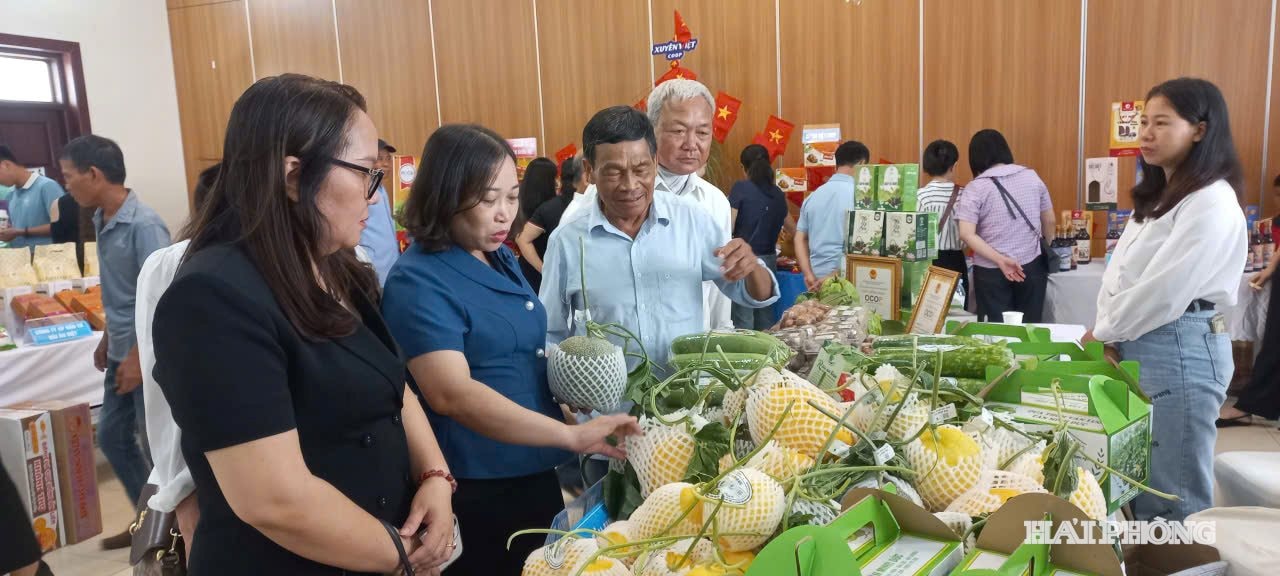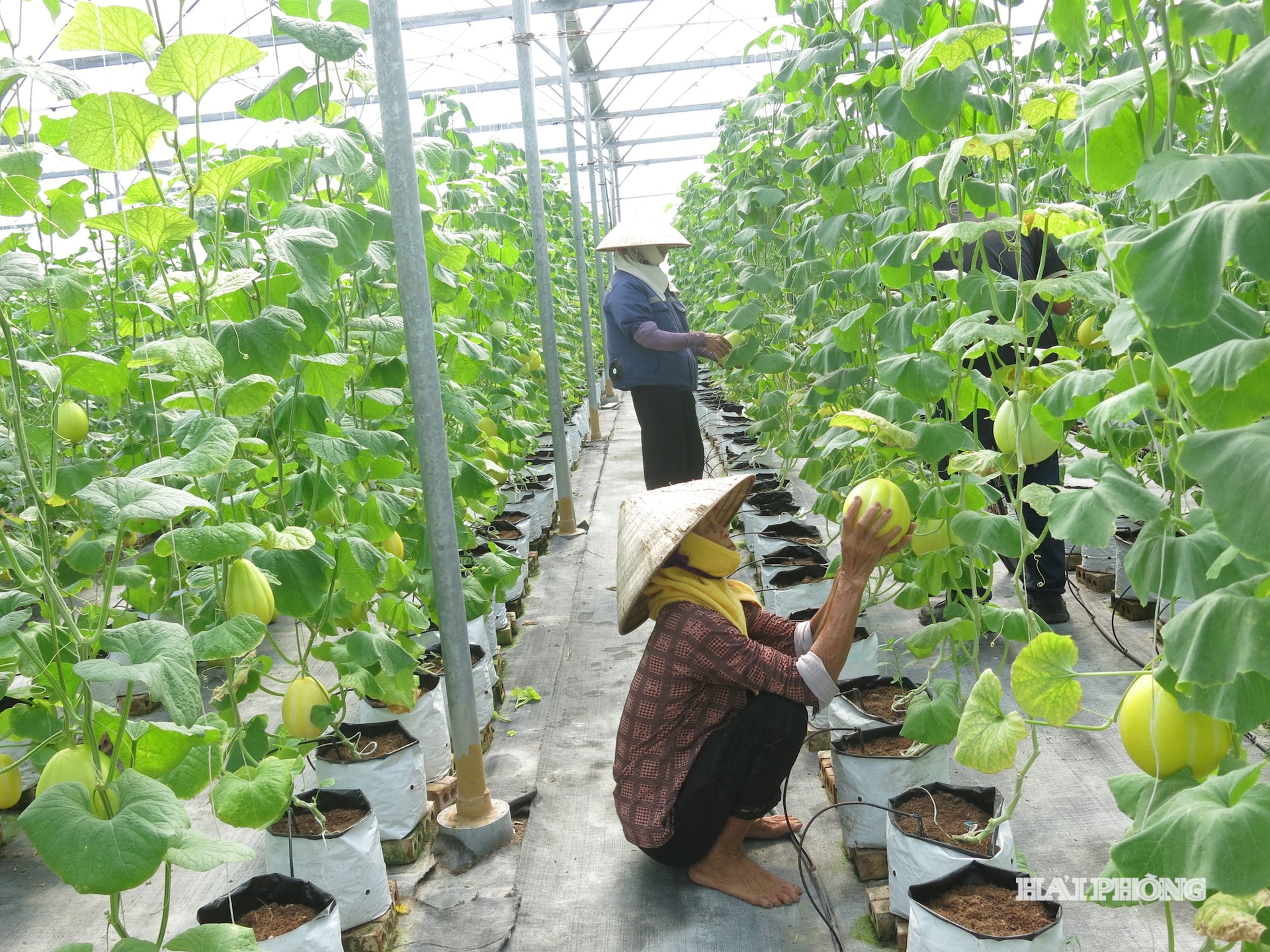Hai Phong seeks value chain linkage solutions for effective, sustainable consumption of agricultural and aquatic products
Following the recent merger with Hai Duong province, Hai Phong city has gained unique opportunities and advantages to develop value chains and product consumption linkages.

The Hai Phong Agricultural Encouragement Center organized a forum titled “Value chain linkages, effective and sustainable consumption of agricultural and aquatic products” on August 29,
The forum gathered representatives of the municipal specialized agencies, scientists from the Vietnam Academy of Agriculture, enterprises, cooperatives, and farmers producing key agricultural products.
At the event, representatives of the municipal specialized agencies assessed the current situation, analyzed opportunities and challenges in the city’s agriculture and aquaculture sectors, and emphasized the need to establish a platform connecting the State, businesses, scientists, and farmers to foster stronger partnerships and long-term cooperation in production practices.

Representatives of enterprises, cooperatives, and farmers discussed their experiences in value chain production; application of advanced techniques and standards such as VietGAP, GlobalGAP, and organic farming; supportive production policies; as well as the building and development of brands, value improvement, and expansion of both domestic and international markets.
According to the city Agricultural Encouragement Center and the Sub-Department of Cultivation and Plant Protection, the administrative merger has created unique opportunities and advantages for the city to develop value chains and product consumption linkages, contributing to the development of smart, safe, and sustainable agriculture in line with global integration.
Hai Phong currently has 185,000 ha of agricultural land, including nearly 160,000 ha of rice with an annual yield of 800,000 – 900,000 tons; 45,000 ha of vegetables; 28,000 ha of fruit trees; and over 1,000 ha of flowers and ornamental plants.

Livestock farming produces about 244,000 tons of live meat and 360 million eggs per year, while aquaculture covers 23,000 ha with an output of around 190,000 tons annually, and marine fishing yields more than 681,000 tons per year.
In cultivation, livestock, and aquaculture, initial value chain models have been established, bringing positive outcomes in production and consumption.
HO HUONG
